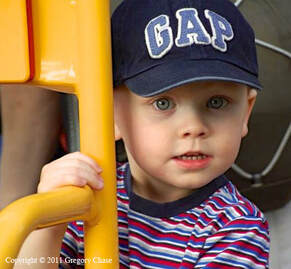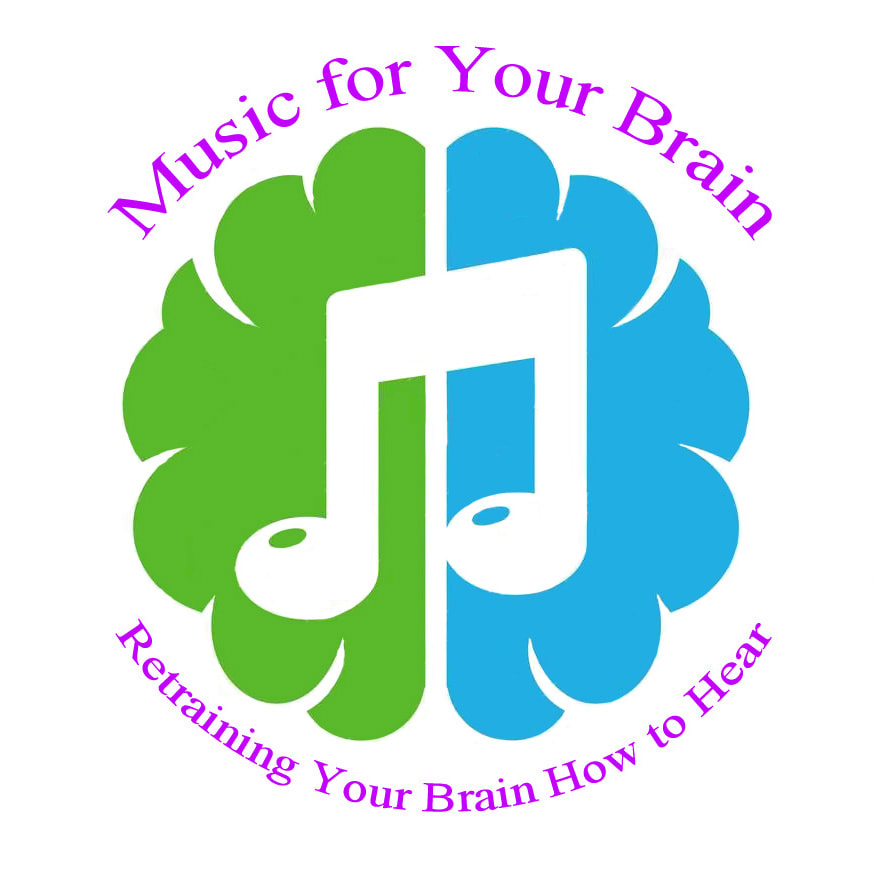What is Auditory Processing Disorder (APD)?
Auditory Processing Disorder (APD), also known as Central Auditory Process Disorder (CAPD), is a hearing problem that affects 1 in 5 school-aged children. In turn, APD influences children’s academic learning. Children with APD, do not understand what they hear in the same way other children do. Their ears and brain are not fully coordinated due to interferences in how the brain recognizes and interprets sounds, especially in speech.
These impairments correspond with how neurons represent the information in the brain’s auditory system. While there are many, two main areas of impairment are Speech-in-Noise perception and phonological processing. Both are predictors of poor reading and spelling development, and are complex cognitive skills that affect educational, social, and vocational activities.
Auditory Processing Disorder (APD), also known as Central Auditory Process Disorder (CAPD), is a hearing problem that affects 1 in 5 school-aged children. In turn, APD influences children’s academic learning. Children with APD, do not understand what they hear in the same way other children do. Their ears and brain are not fully coordinated due to interferences in how the brain recognizes and interprets sounds, especially in speech.
These impairments correspond with how neurons represent the information in the brain’s auditory system. While there are many, two main areas of impairment are Speech-in-Noise perception and phonological processing. Both are predictors of poor reading and spelling development, and are complex cognitive skills that affect educational, social, and vocational activities.
Can a Child Overcome APD?
 Copyright © 2011 Gregory Chase
Copyright © 2011 Gregory Chase
Rehabilitation of APD is accomplished through retraining the neural pathways of the brain. Neuroscience researchers have found that the cognitive-sensory aspects of music training promotes neural plasticity, meaning, the brain has the ability to modify its connections or re-wire itself. Music training not only improves the auditory processing of music but develops other domains, including speech processing.
Our program Music for Your Brain: Retraining Your Brain How to Hear offers such music training to aid children who are at risk for auditory skill development or who have been diagnosed with auditory processing disorders. Our training sessions run for a minimum of 12 weeks, although families are encouraged to extend these sessions through a number of different options. We offer one-on-one sessions, as well a small group sessions of up to six children per group.
Our program Music for Your Brain: Retraining Your Brain How to Hear offers such music training to aid children who are at risk for auditory skill development or who have been diagnosed with auditory processing disorders. Our training sessions run for a minimum of 12 weeks, although families are encouraged to extend these sessions through a number of different options. We offer one-on-one sessions, as well a small group sessions of up to six children per group.
What can We Expect in the Music for Your Brain sessions?
In Music for Your Brain sessions, you will find a very playful atmosphere. Either, I, or Sarah, will work with your child upon consulting with you and your child's report from Dr. Davis and her team to bring the best program suited for your child. The sessions will consist of four main elements of music: singing songs without words, singing songs with words, chanting playful chants with words, and also without words. Movement activities will be incorporated into these songs and chants, as researchers have found that movement activities have an effect on the rhythmic components of language.
In Music for Your Brain sessions, you will find a very playful atmosphere. Either, I, or Sarah, will work with your child upon consulting with you and your child's report from Dr. Davis and her team to bring the best program suited for your child. The sessions will consist of four main elements of music: singing songs without words, singing songs with words, chanting playful chants with words, and also without words. Movement activities will be incorporated into these songs and chants, as researchers have found that movement activities have an effect on the rhythmic components of language.
|
In our Music for Your Brain sessions, you will find the activities are child friendly, age appropriate, play-based, and children and parents are interactive with the Sarah and I as we work with your child. In the video you will see activities that will be part of the music training sessions. Each activity has a specific purpose and targets specific aspects of APD.
|
|
Why Does Music Play Such an Important Role in the Rehabilitation of APD?
Until around 11 months of age, when the larynx drops, there is no distinction between an infant’s singing voice and speaking voice – they are the same. Once the larynx drops then we start hearing the distinction of whether a young child is singing or speaking.
The first 5 years of a child’s life are important years, as children learn more in this period than any other time of their life. Up to the age of 12 – 18 months is considered a critical learning period, and the period from 18 months to 3 years is considered a crucial learning period. The brain is full of synaptic connections waiting to be developed. At age 3 and 4, if these connections are not made the brain starts to prune these neurons, and they literally start to disappear and dissipate. The saying “use it or lose it” is really true. If those connections aren’t made and those neurons are not used, they will disappear.
Music is important to the development of language. Our brain learns language and music in much the same way. There are many comparisons between language and music, they both have pitch, they both have timbre, and they both have timing and rhythm, to name a few. Believe it or not, our brain does not have a “reading” center. Reading is the most unnatural thing we ask our brain to do. We have a speech center, we have a hearing center, we have a visual center, we have a pitch center, and we have a rhythm center. In order to read, the brain has to pull information from ALL these areas.
With music, we use all these centers in creating music and when involved in music activities. We synchronize these parts of the brain through a natural and innate process of making music. Everyone is born with the potential to learn music. With nurture, that potential can be maintained and increased with age.
Neuroscience researcher have discovered that music training and being involved in music has a positive impact on those who have auditory processing disorders and developmental dyslexia. “Music training strengthens the brain’s sound processing mechanisms and improves listeners’ ability to understand speech in noisy environments” (Kraus, 2018). Our Music for Your Brain program is designed for that very purpose, to aid those with auditory processing disorders.
Until around 11 months of age, when the larynx drops, there is no distinction between an infant’s singing voice and speaking voice – they are the same. Once the larynx drops then we start hearing the distinction of whether a young child is singing or speaking.
The first 5 years of a child’s life are important years, as children learn more in this period than any other time of their life. Up to the age of 12 – 18 months is considered a critical learning period, and the period from 18 months to 3 years is considered a crucial learning period. The brain is full of synaptic connections waiting to be developed. At age 3 and 4, if these connections are not made the brain starts to prune these neurons, and they literally start to disappear and dissipate. The saying “use it or lose it” is really true. If those connections aren’t made and those neurons are not used, they will disappear.
Music is important to the development of language. Our brain learns language and music in much the same way. There are many comparisons between language and music, they both have pitch, they both have timbre, and they both have timing and rhythm, to name a few. Believe it or not, our brain does not have a “reading” center. Reading is the most unnatural thing we ask our brain to do. We have a speech center, we have a hearing center, we have a visual center, we have a pitch center, and we have a rhythm center. In order to read, the brain has to pull information from ALL these areas.
With music, we use all these centers in creating music and when involved in music activities. We synchronize these parts of the brain through a natural and innate process of making music. Everyone is born with the potential to learn music. With nurture, that potential can be maintained and increased with age.
Neuroscience researcher have discovered that music training and being involved in music has a positive impact on those who have auditory processing disorders and developmental dyslexia. “Music training strengthens the brain’s sound processing mechanisms and improves listeners’ ability to understand speech in noisy environments” (Kraus, 2018). Our Music for Your Brain program is designed for that very purpose, to aid those with auditory processing disorders.
For more information, availability, and session fees for Music for Your Brain sessions, please contact us.

